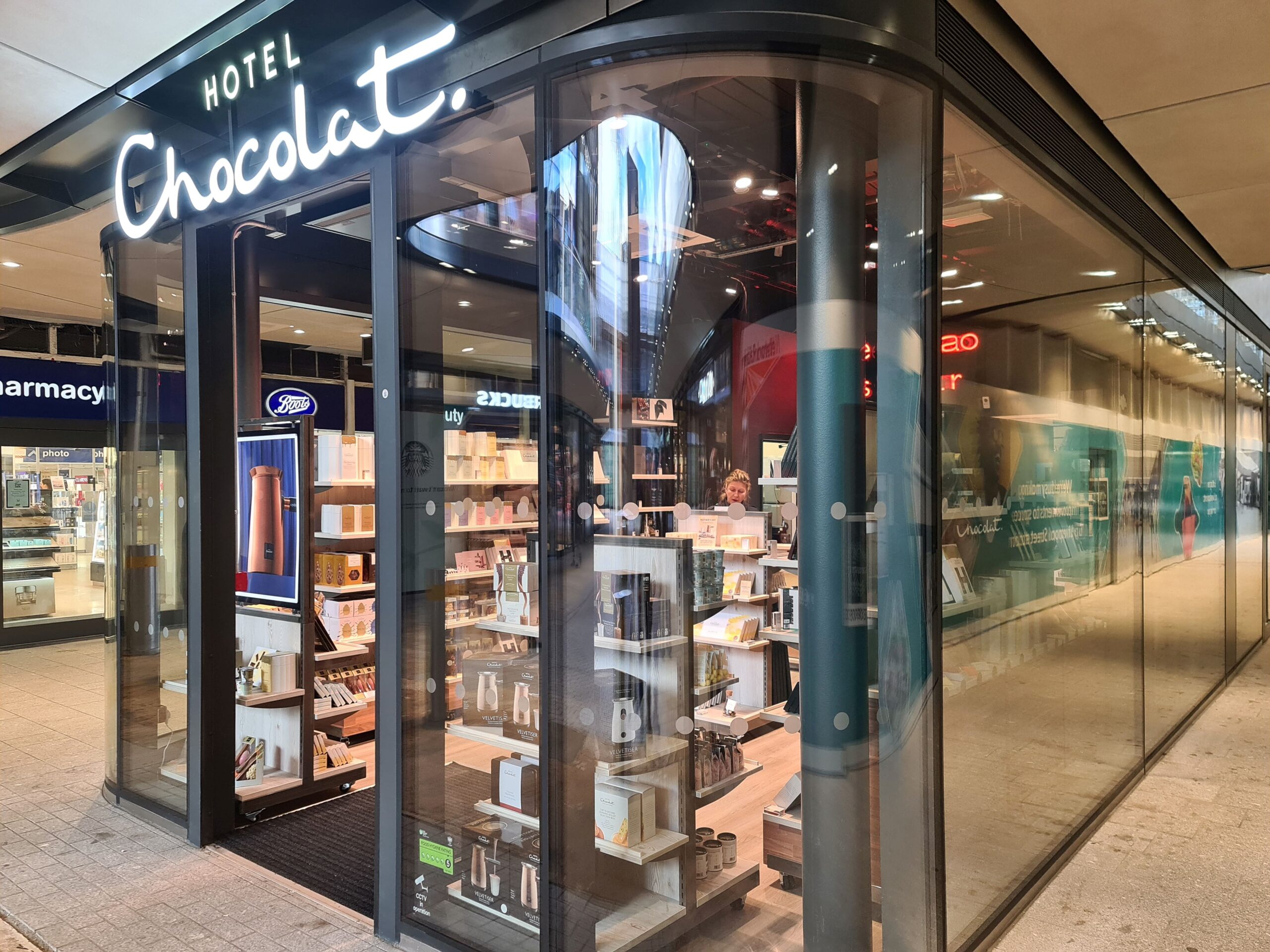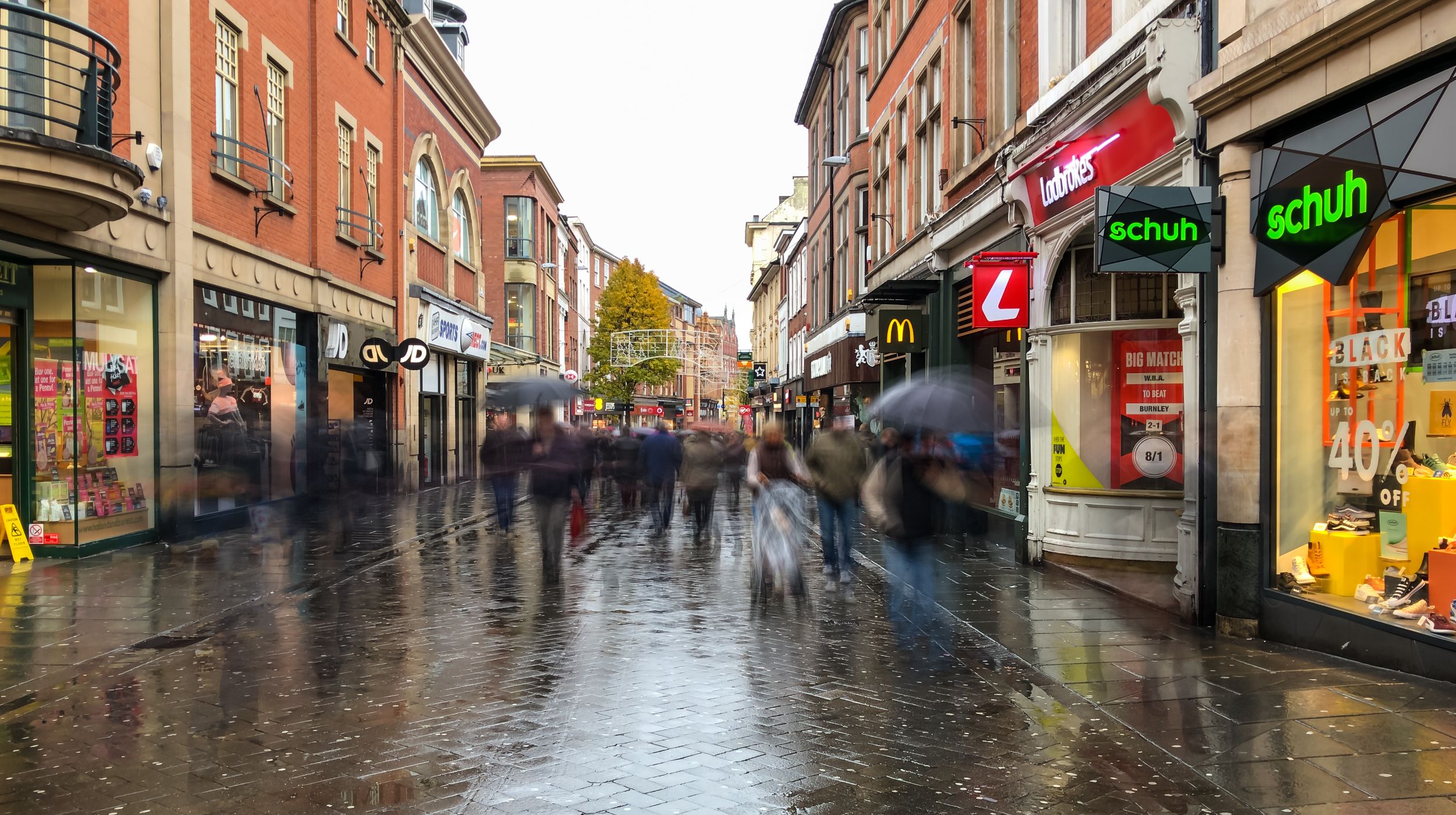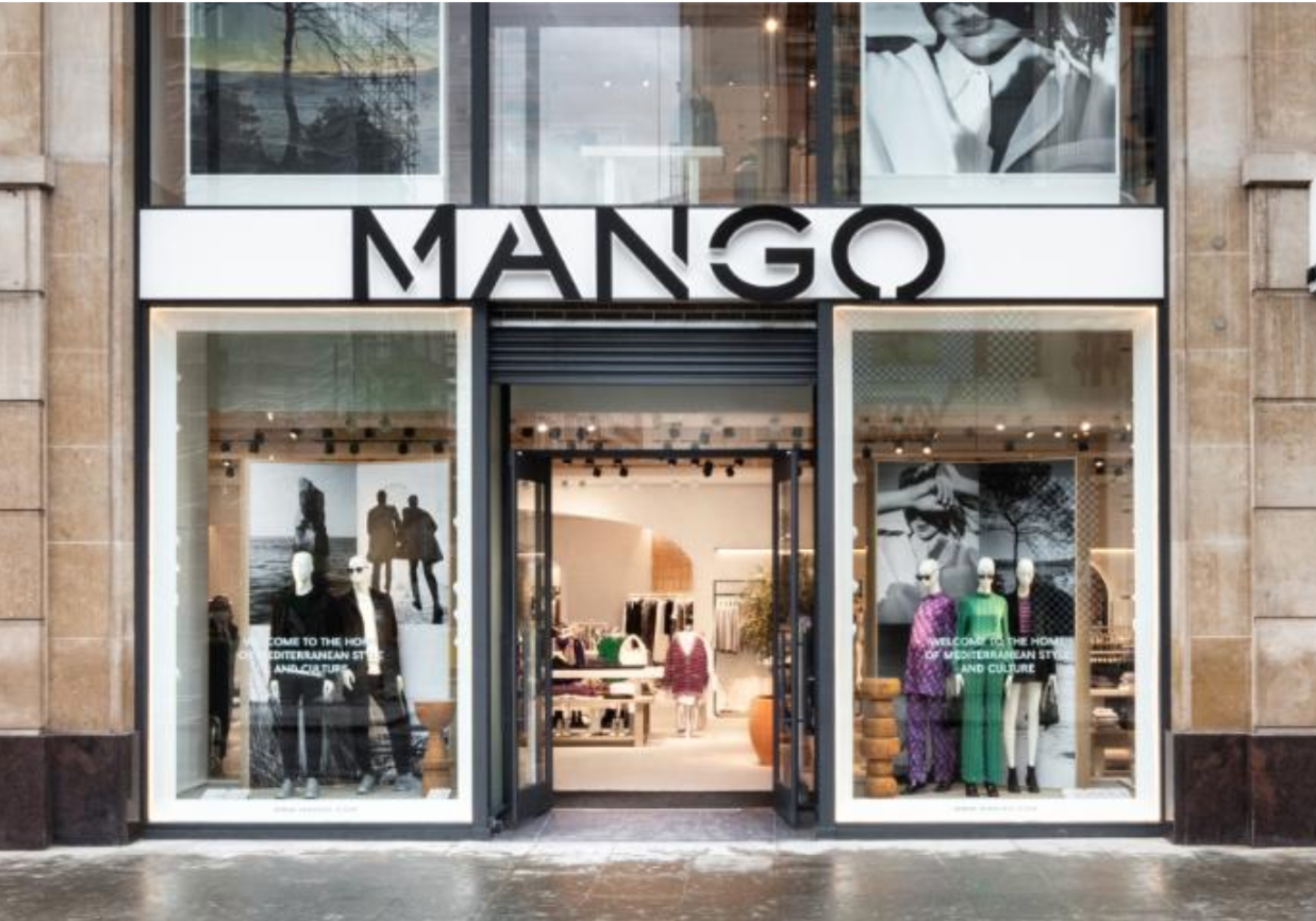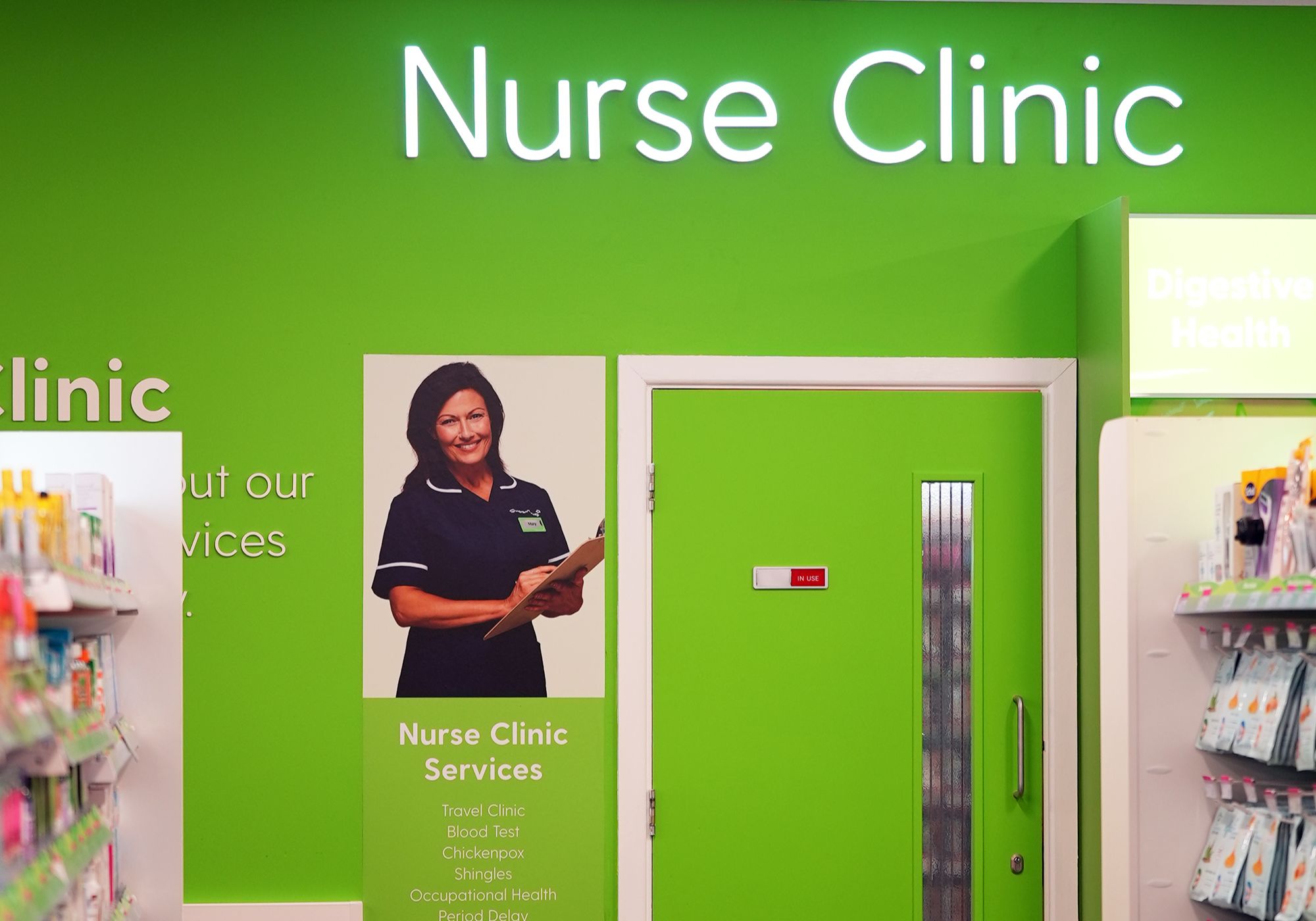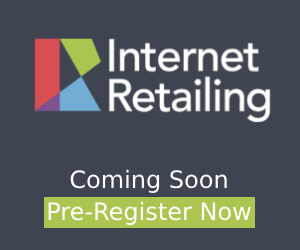Mobile as a payment tool in retail is gaining a lot of attention and within that everyone is talking NFC – but there is much more to what NFC can deliver to retailers, as Carsten Kraus, CEO and founder of Omikron Data Quality and FACT-Finder.com, explians
There’s a lot of talk and hype about the arrival of cashless payment, and the integration of NFC (near field communication) technology into mobile devices to drive this. While this move looks increasingly likely to happen sooner rather than later, payment is just the tip of the iceberg for how NFC chips could revolutionise retail.
Mobiles are already seen by many as the bridge between the physical and online store, thanks to their ability to bring technology such as real-time searching and geo-location applications into the instore retail experience. But with the arrival of NFC we will see a step change in the interactivity on offer, and I believe these devices are likely to become deeply embedded within our – retail and otherwise – experiences both online and offline. How embedded? For example, by installing NFC chips into glasses you could be able to be sat in a bar and ordering or paying for your drinks by simply pressing your mobile against the glass.
Much of this technology is already available, and once the NFC ball starts rolling, it is a very small step to full blown interaction with almost any object around us, providing it has an NFC chip installed. You could even use it to unlock the door to your home or as a security pass for your office.
Some interactions would require an extra level of security, and I think it won’t be long before we see this being built into mobile phones. For example, finger print recognition would be relatively straightforward to introduce into these devices, it just needs a cheap sensor and some computing power, which is already there. From here, a simple swipe of the finger across the phone’s screen will authenticate the user. I believe this will also be a necessity to enable larger payments to be made via NFC.
Of course payment is the logical first step, as we move inevitably towards the cashless society. And with mobile phones already being so bound in to our lives, they are the natural home of the “digital wallet”. Nobody is going to carry around two mobile devices when they can just carry one that does everything. On top of this, as the technology becomes more accepted, so the range of its application will spread. With the amount of profiling information that can be stored on these devices the opportunities are almost limitless. You could, for example, store information about what brands you like and choose to share this along with elements of your shopping history when you are in a bricks and mortar store.
By holding your phone up to sensors within these physical stores, you will be able to exchange information with the retailer, receiving anything from specifically targeted coupons through to recommendations about what items you might be interested in. This means that it becomes a reciprocal arrangement, it’s not simply about transferring information to the store, you are getting something in return that is both useful and relevant to you.
It’s important to note that there are two key ways that NFC will differ from existing technology when it comes to marketing and retail. Firstly, by interacting with a store’s NFC points you are giving a much, much more accurate indication of where you are than any geo-location app, which can sometimes be inaccurate to 30 metres. Secondly, by holding your phone against something you are expressing your willingness to interact, effectively saying: “I want this”, whether it information, a coupon or to purchase an item. This makes NFC technology much more powerful than any other form of mobile-based activity.
From a marketer’s perspective this means that ad targeting or coupon targeting can be much more effective, as it’s not just about delivering coupons to someone when they are in a certain area, but instead delivering them when that customer is actively in shopper mode, cutting out the spam element that is prevalent in other location-based marketing activities. Of course, you would be able to opt in or out of receiving this type of information as part of your NFC settings.
By sharing information willingly in this way customers will be able to get better recommendations and feel more in control of their shopping experience. Crucially, this also allows the physical shopping environment to share some of the advantages of the online store. Maybe 10 or 15 years ago, if you went into a store regularly the owners would get to know you and more often than not, be able to recommend items that you would like based on your previous purchases. Today that is not the case in 99% of stores. Yet online, this information is readily available. In fact today online stores have far more knowledge about their customers than physical stores. Go to Amazon and you will get a raft of recommendations based on your previous purchases.
By sharing that knowledge through NFC interaction, physical stores would be able to replicate this and recommend items to their customers in much the same way. They would also have the additional advantage of being able to show you the physical product so you can touch it, feel, try it on or even smell it. In fact, by combining this with augmented reality, retailers could use the mobile to direct the customer straight to the items they select. This would be a hugely powerful tool for the physical retail space.
Furthermore, by then interacting directly with the item itself customers could see whether it was in stock in their size or how long it would take to be delivered. They could potentially even purchase the item on the spot, or for bigger products have them delivered directly to their home.
This is likely to create a whole new high street shopping experience, where there is more computer interaction and human interaction would move to a different level. Research has shown that just 13% of shoppers actively want face-to-face interaction on daily purchases, the rest of us want to find things on our own. Human interaction is sought, when you are unsure which item would be best for you, or require experts knowledge. The above applications of NFC would allow customers to feel in control of their shopping journey the entire time as the recommendations are based on their own preferences. Ultimately, this means that recommendation engines are set to become an important and powerful part of the retail experience.
Payment will come first, indeed it is very probably the technology’s killer application, but NFC can – and will – be so much more.


